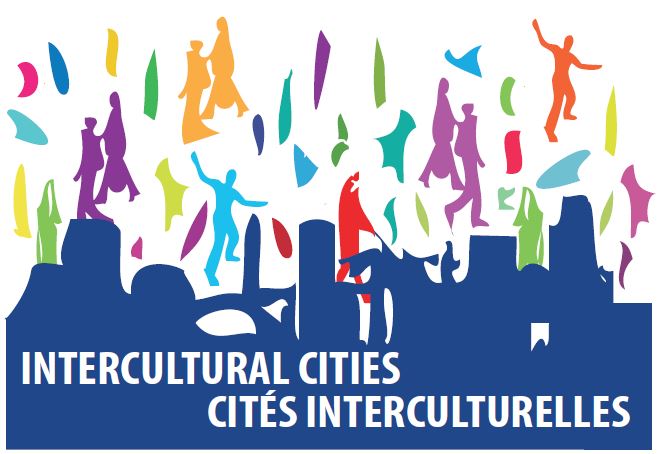Purpose:
Women are the primary victims of the intertwined causes of conflicts, underdevelopment and migration. To address these issues, in a sustainable and humanitarian way, migrants should be assisted in building a new life in the respective host societies and upgrading their potential.
Stimulus/Rationale:
Cities are places of diversity. The coexistence of diverse lifestyles is recognized as a feature of urban societies that are becoming more diverse in terms of culture, nationality, religion, gender and age, to name a few. With the emergence of new forms of migration, mobility, networking and social media across national borders, the local authorities face the challenge of how to manage this diversity and find the intersection between various areas, and not only in relation to the growing migrant population.
The ARRIVAL CITIES addresses the following challenges faced by the cities:
-
- Strong concentration of migrants in certain communities/areas.
- Capacity of local reception and integration infrastructure.
- Increased pressure on local markets (housing, labour) and services (education, health, security).
- Co-ordination both within and across different levels of government.
- Taking public opinion on board.
- Finance-as full costs of integration are not fully reimbursed.
- Building community cohesion and fighting xenophobia.
- Large numbers of unaccompanied minors.
- Large differences in the skills and qualifications of migrants.
- Ongoing issue of discrimination against settled and new migrants.
- Addressing the issue of radicalisation.
Process:
The ARRIVAL CITIES is a European project funded by “URBACT III” EU program. The partnership included the following cities:
-
- Amadora (PT) / Coordinator
- Dresden (DE)
- Messina (IT)
- Oldenburg (DE)
- Patras (GR)
- Riga (LV)
- Thessaloniki (GR)
- Val-de-Marne (FR)
- Vantaa (FI)
- Roquetas de Mar (ES)
The activities and outcomes are briefly described hereafter:
Experience exchange-Transnational workshops: Implementation of five (5) transnational workshops that brought together local actors from different sectors in each of the 10 cities involved. The stakeholders presented those practices identified as “best” in sectors related to welcoming newcomers, urban development, education and culture, anti-rumor mechanisms, empowerment and employment. The workshops share good practice in relation to local solutions that address one or more of the several challenges that cities face.
Establishment of ULG and development of URBACT methodology: The partner cities reviewed their practices, adjusted them according to newly gained experience and developed Local Groups for taking on board the lessons emerged from the transnational exchange programme. Patras ULG included eleven (11) stakeholders, representing the sectors of local government (Municipal and Regional levels), education, culture, employment, migrant community (all associations).
Integrated Action Plan (IAP): Each of the ten cities established an Urbact Local Group (ULG), that undertook the production of the local Integrated Action Plan (IAP). This was achieved through local consultation meetings, introducing an international dimension due to the transnational experience exchange. The IAP was matched with funding resources and established constitutions, rather than ad hoc actions, with a long-term character.
Remark:
The ARRIVAL CITIES project, through Patras actions is linked with ICC and “ALDA: European Association of Local Democracy” networks targeting its multiple promotion
Impact:
The URBACT methodology was experienced and applied though a participatory process. It is regarded as an inspiring tool, easily adaptable that has been provided (and used), free of charge to any interested body. This has been an ongoing process, even after the end of the project.
The IAP became the basis for future related plans – it has been updated constantly since then and it is part of the intercultural strategy of the city of Patras, proving its sustainable nature.
The operation of the ULG, as part of Patras local ICC network provided an additional opportunity to stakeholders to design and act together, benefiting inclusion and empowerment. This was even more favourable for the migrant associations, since it was an additional proof of participatory decision-making process, with them holding an equal role to reveal their potential and grow.
Key reference documents: https://urbact.eu/networks/arrival-cities





